Effective Pasture Vegetation Control Strategies
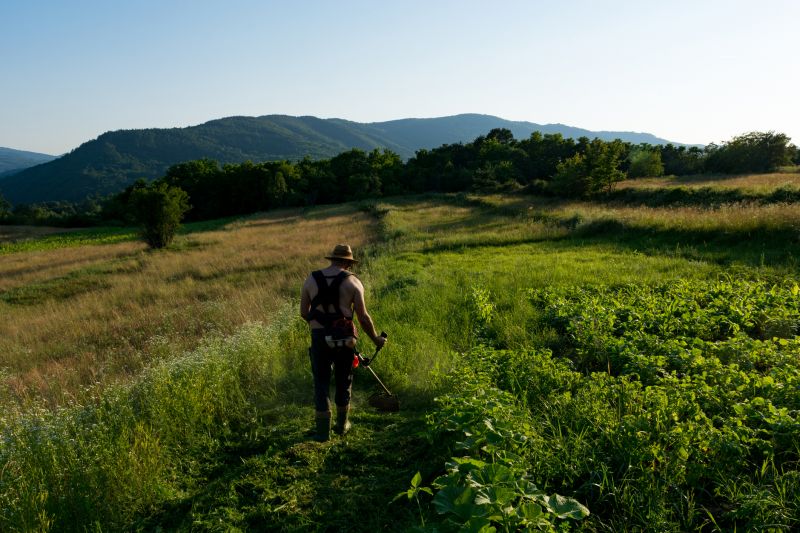
Applying vegetation controls in early spring can effectively manage invasive species before they establish deep roots.
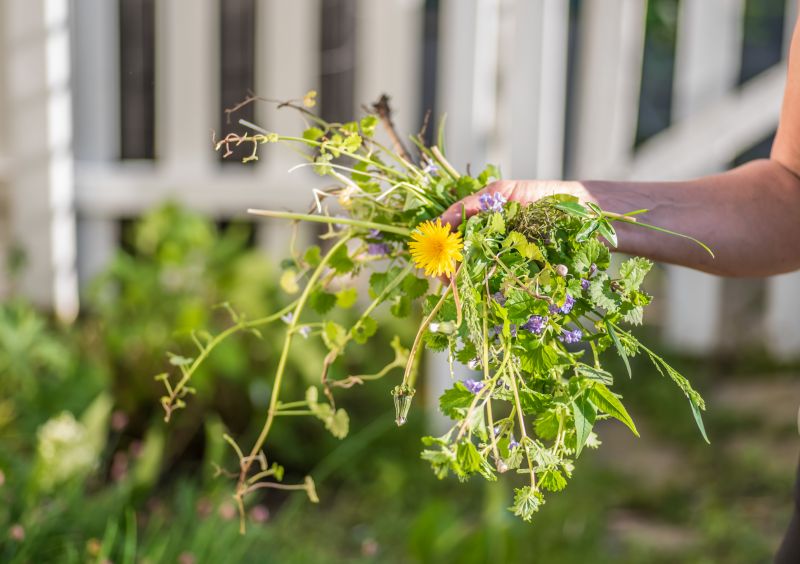
Late summer is optimal for targeting perennial weeds when they are actively growing and more vulnerable to control measures.

Fall treatments help prevent regrowth and prepare pastures for the dormant season.
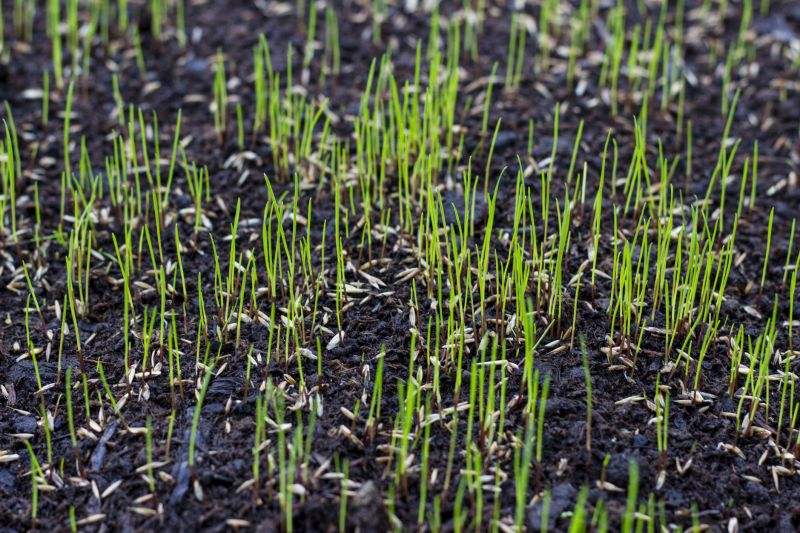
Ways to make Pasture Vegetation Controls work in tight or awkward layouts.
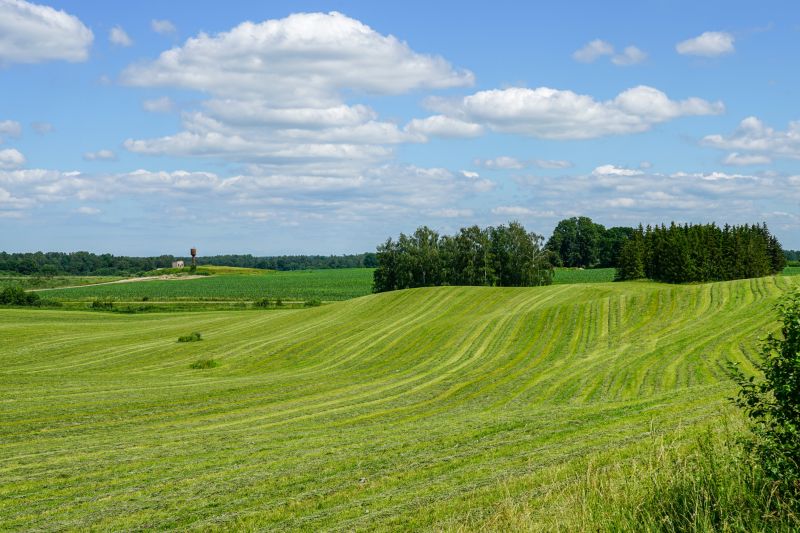
Popular materials for Pasture Vegetation Controls and why they hold up over time.
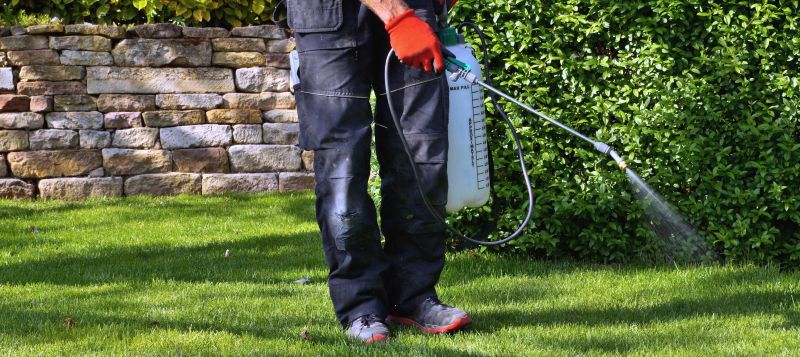
Simple add-ons that improve Pasture Vegetation Controls without blowing the budget.
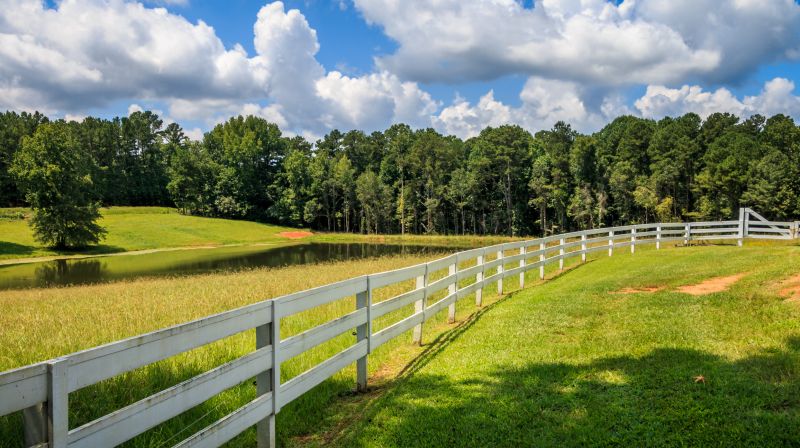
High-end options that actually feel worth it for Pasture Vegetation Controls.

Finishes and colors that play nicely with Pasture Vegetation Controls.
Pasture vegetation controls are essential for maintaining healthy grazing land and preventing invasive species from outcompeting desirable forage plants. Timing is critical to maximize effectiveness and minimize impact on desired vegetation. Proper application during specific growth stages can significantly reduce weed populations and promote sustainable pasture management.
Statistics show that applying vegetation controls during the active growth phase of weeds can improve control success rates by up to 70%. Additionally, targeted treatments during optimal periods can reduce the need for repeated applications, saving time and resources while ensuring pasture health.
Vegetation controls are most effective when weeds are in their early growth stages, typically in spring or early summer.
Applying controls during dry, calm weather minimizes drift and enhances absorption by weeds.
Timing treatments with pasture rotation schedules can prevent damage to desirable forage species.
Early intervention limits invasive species spread and supports native plant recovery.

Target weeds when they are budding for best results.
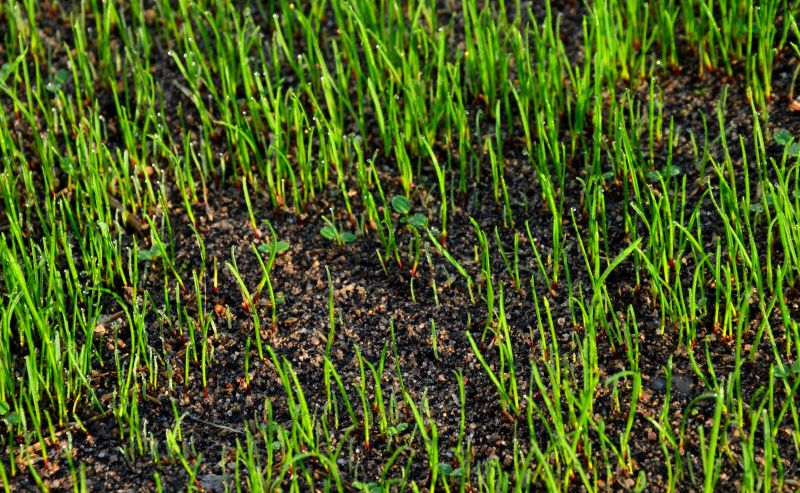
Apply during peak growth for increased weed vulnerability.

Treatments in fall help prevent regrowth and prepare pastures for dormancy.

Monitoring after application ensures control success and pasture recovery.

Little measurements that prevent headaches on Pasture Vegetation Controls day.
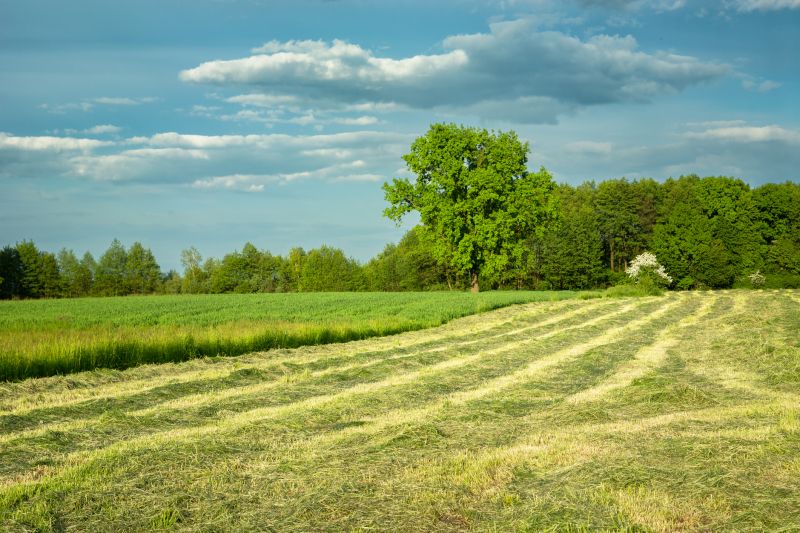
A 60-second routine that keeps Pasture Vegetation Controls looking new.

A frequent mistake in Pasture Vegetation Controls and how to dodge it.
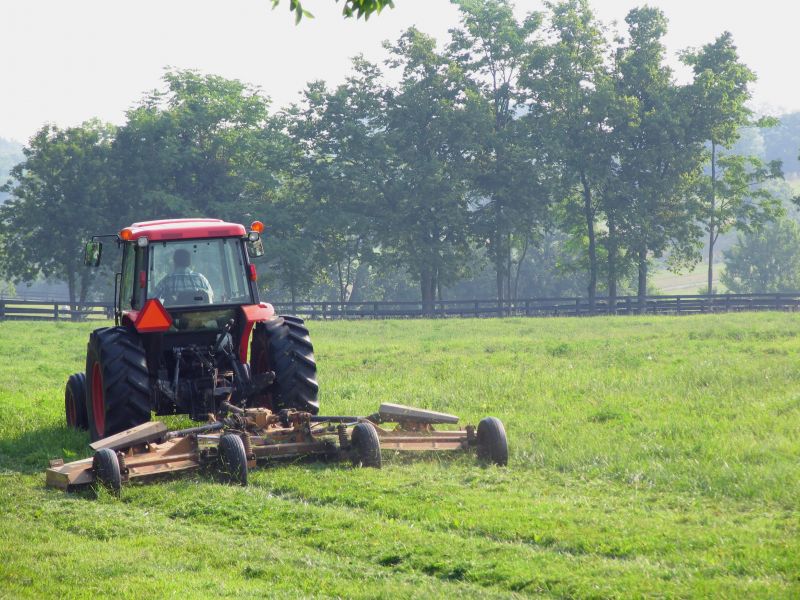
Small tweaks to make Pasture Vegetation Controls safer and easier to use.
| Timing Period | Optimal Control Focus |
|---|---|
| Early Spring | Emerging weeds and invasive species |
| Late Spring to Early Summer | Active weed growth and seed production |
| Late Summer | Perennial weeds and deep-rooted species |
| Fall | Preventing regrowth and seed dispersal |
| Winter | Dormant period; minimal control activity |
